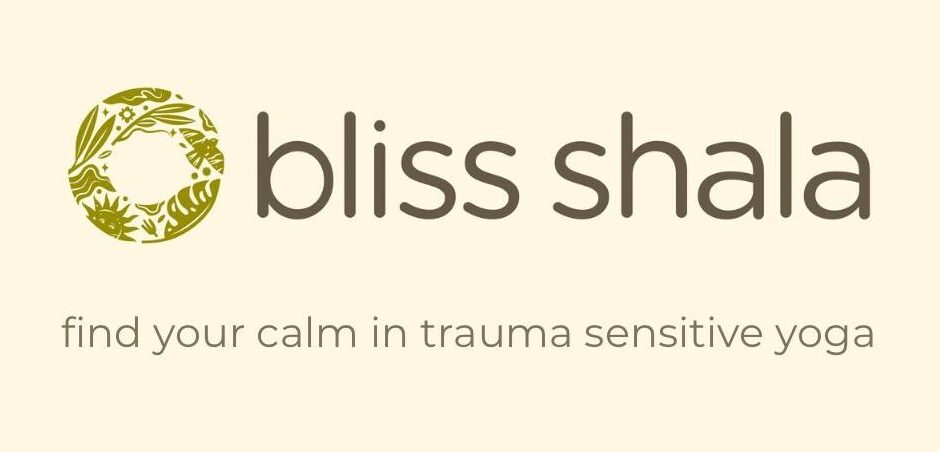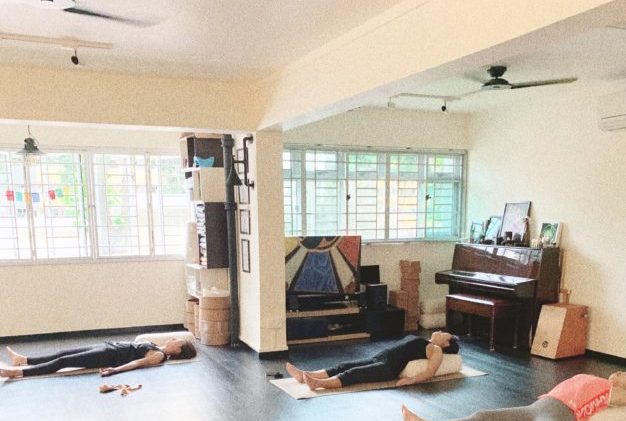
Blogs

Blogs
Trauma Sensitive Yoga for Mental Wellness

Years ago when I first started teaching Yoga, I was entirely focused on anatomy and body alignment. In one of my private therapy sessions, I was working with a woman who suffered from carpal tunnel syndrome and lower back pain. As our sessions progressed, our lessons focus evolved from solely physical exercises to include breath work and meditation and came to the discovery that most of her physical ailments were caused by childhood neglect and trauma. By gradually coming to terms with her trauma through breath work and meditation, she was able to resolve most of her physical problems.
Motivated by similar results from other participants, I was really excited when I found Trauma Sensitive Yoga, an evidence based practice that emphasises healing trauma through the body. This practice has almost 20 years of research proven to be effective for adults and youth affected by traumatic stress, complex trauma, post-traumatic stress disorder (PTSD) or other related behavioural and emotional conditions.
The term Trauma Centre Trauma Sensitive Yoga (TCTSY) was coined by David Emerson, E-RYT, founder and director of yoga services at the Trauma Center at the Justice Resource Institute in Brookline, MA, to describe the use of yoga as an adjunctive treatment within a clinical context. The practice, pioneered by experts such as Bessel van der Kolk, MD, and championed by others such as Richard Miller, PhD, CEO of the Integrative Restoration Institute and cofounder of the International Association of Yoga Therapy, aims to help clients regain comfort in their bodies, counteract rumination, and improve self-regulation.
There is no right or wrong way to practice Yoga
In my first Trauma Sensitive Yoga class by Kristen Pringle, one of the few TCTSY trainers in Australasia, I was surprised by how much freedom I had in deciding in where to be and how to move my body.
I have been practicing Yoga for the past 14 years, and was used to receiving strict instructions on how to breathe and move my body into a particular position. In contrast, this freedom and autonomy in a yoga class felt rebellious and daring. Kristen was cueing, ‘If you would like, you could possibly extend your arms to the sides or raise them up. If you would like to do something different from what I am offering, please feel free to do so. This is your practice, there is no right or wrong way to practice yoga’.
I was curious to see how others were taking to this new freedom, and looked around the room. It is interesting to see that everyone was in a different form and was exploring choices on what to do with their bodies. There was no pressure to conform.
Furthermore, the environment encouraged inward observation. The lights in the room were dimmed and there were no mirrors. I felt safe and comfortable to notice what is happening in my own body without judgment. I chose to sit in the chair and started to drown out Kristen’s voice, letting my sensations take center stage.
Afterwards, we learnt that TCTSY is intentionally invitational and non-coercive, so that participants can make their own choices according to how they feel in their bodies. By making choices based on sensations, participants find their own ways to to release tension, reduce and control fear and arousal, and tolerate sensation.
This is in contrary to the traditional prescriptive method where participants are told what to do to release tension and reduce arousal.
This practice is based on the growing understanding that the first principle of recovery is empowerment of the survivor. She must be the author and arbiter of her own recovery. Others may offer advice, support, assistance, affection, and care, but not cure.1
When a person undergoes trauma, it takes a heavy toll on both her body and the brain. Through continuous exposure to trauma, her body anticipates trauma causing an individual more likely to experience fight, flight or freeze responses. These could include hyperarousal and hyper-vigilance, avoidance and numbing of sensation. TCTSY can help participants learn to recognise physical sensations and regulate their physical responses, thereby creating a sense of safety in their bodies.
A New Way Of Looking At Yoga
Coming from a Hatha and Iyengar yoga background and a mainstream Singapore education, where top down teaching and rote learning are norms. This could be a huge culture shock. In Hatha yoga, strict alignment and modelling of teacher are ways to excel in the practice.
In contrast TCTSY is a free and self directed practice. In my early days of sharing this practice in my yoga classes, I had many participants looking confused when I used invitational language and they ended up copying what I was doing. It can take a while for people to learn that they have real choices.
You are in control.
1 Judith Lewis Herman, Trauma and Recovery: The Aftermath of Violence – From Domestic Abuse to Political Terror
Other Articles

From Asana to Enlightenment: Yoga as a Spiritual Practice

From Asana to Enlightenment: Yoga as a Spiritual Practice

Why Corporate Yoga Should Be Part of Your Employee Wellness Program


